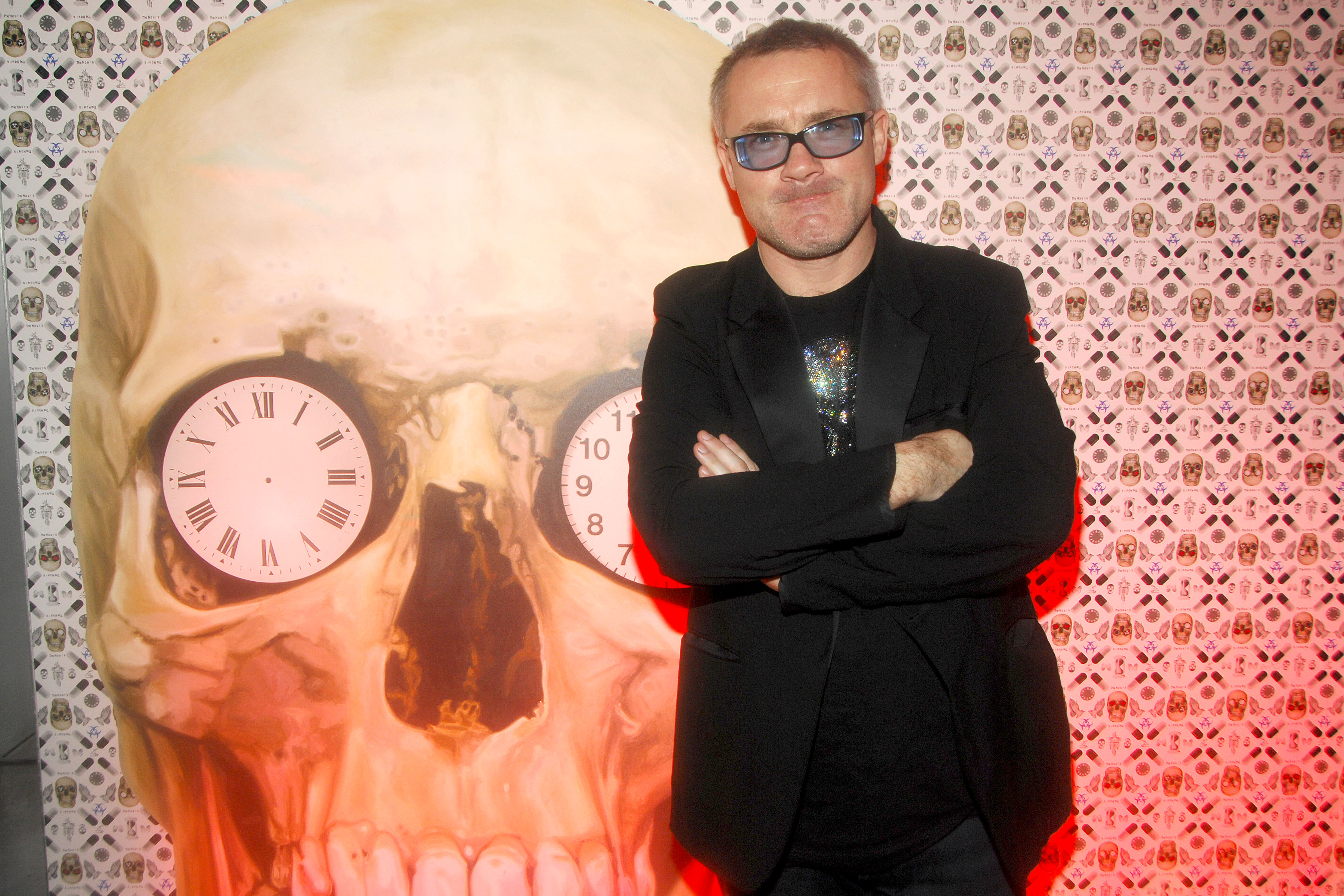
Damien Hirst, who has turned his studio into a veritable factory to produce thousands of works in long-running series, has laid off 50 employees from his art production company, Science (UK) Ltd. The artist’s operation had grown to include sales and marketing staff as well as administrative and finance departments.
A Science spokesperson told the Art Newspaper that Hirst’s goal is to “focus on his art” and “spend more time in the studio,” rather than managing the business aspect of his work. “These changes are not driven by a need to reduce costs but by his desire to cut the corporate elements of the business to get back to a simpler way of working,” the spokesperson explained.
The Guardian once reported that no less than 250 people worked for Hirst in preparation for his 2012 retrospective at the Tate in London. The current round of layoffs mostly targeted finance and IT workers, but people were also let go in Hirst’s studios in London and Gloucester. Hirst’s spokesperson did not provide exact numbers for the current staff.
Hirst is also closing Quay, his restaurant in Ilfracombe, on October 7, and will not be moving forward with previously announced plans to build a nearby eco-town. Though he will continue to keep a home there, the artist will also rent or sell three properties he owns downtown. He has recently been criticized for leaving those storefronts, one had been home to his gallery Other Criteria until 2017, vacant.
A boat passes in front of Damien Hirst’s bronze sculpture of a pregnant woman in Ilfracombe, England. The bronze-clad, sword-wielding 65-foot statue, named Verity, has been controversially given to the seaside town by the artist on a 20-year loan. Photo by Matt Cardy/Getty Images.
Moving forward, Hirst plans to open a new flagship studio in London’s Soho neighborhood, after he completes renovations on a £40 million Beak Street complex, purchased last year and expected to open in 2019. While he’ll continue his renewed focus on painting sans assistance, Hirst will still lean on his production team to make large-scale sculptural installations such as his formaldehyde animal tanks.
Hirst made a fortune a decade ago, at his “Beautiful Inside My Head Forever” auction at Sotheby’s London on September 15, 2008. He sold £111.4 million ($201 million) worth of art just hours after the Lehman Brothers bankruptcy filing, one of the first major events of the financial crisis that became the Great Recession.
Though resales of those works have mostly come at a loss, the artist’s primary market has continued to thrive, with a reported $330 million in sales from Hirst’s 2017 Venice Biennale blockbuster, “Treasures from the Wreck of the Unbelievable,” and a sold-out show of his new “Veil Paintings” in Beverly Hills marking his return to the Gagosian stable.